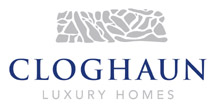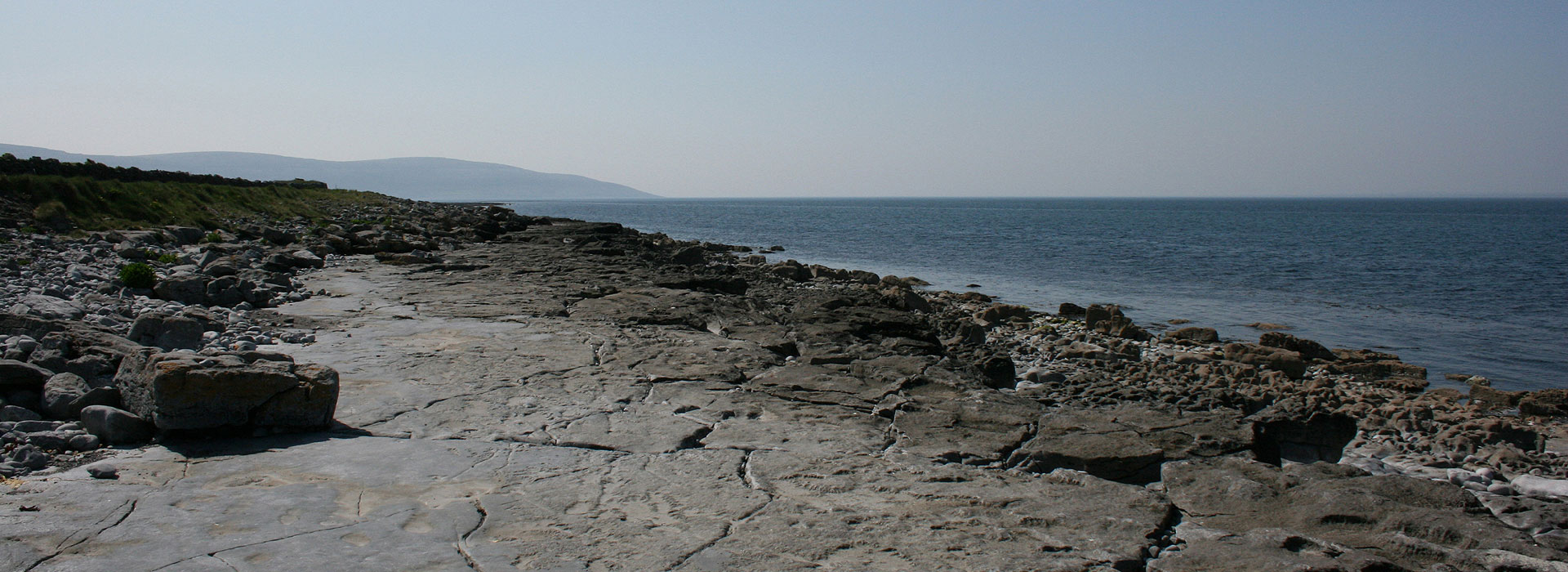The Wild Atlantic Way has become a staple attraction for tourists when visiting Ireland. But trying to figure out which stops to go to can be difficult. There are 159 Discovery Points along the entire way. Each one highlight distinct areas each chosen for their potential to offer an authentic and intimate experience of the natural and wild landscape and seascape. Here ae some highlights in Co Clare all of which are easily accessible.
Wild Atlantic Way Discovery Points in County Clare…
Flaggy Shore
The Flaggy Shore is one side of a small peninsula that stretches from the village of New Quay to Finvarra Point and is one of the most northerly parts of County Clare. It is famous for its limestone pavements and fossils that are embedded in the rock, including sculptured rocks along the shore called ‘Biokarst’, against a backdrop of the rising undulating landscape of Burrin Hill. The shore itself is most beautiful but what makes the Flaggy Shore so distinctive is the wonderful views to the west and north to Galway Bay and the mountains beyond.
Ballyvaughan Pier
Ballyvaughan Pier is in the northwest corner of The Burren, considered by many to be a unique landscape. Ballyvaughan village is nestled within the furthest corner of the south shores of Galway Bay under the high ridge of Gleninagh Mountain which affords shelter from westerly gales. The harbour is defined by a 50m long pier and a working quay used by the boats that ply the bay. Both locations are favourite places for anglers. Ballyvaughan is a small harbour village in County Clare located off the N67 along the southern shores of Galway Bay.
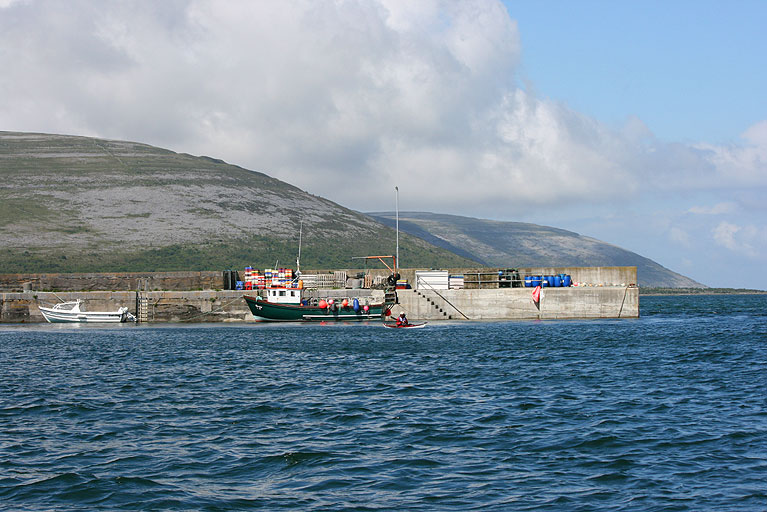
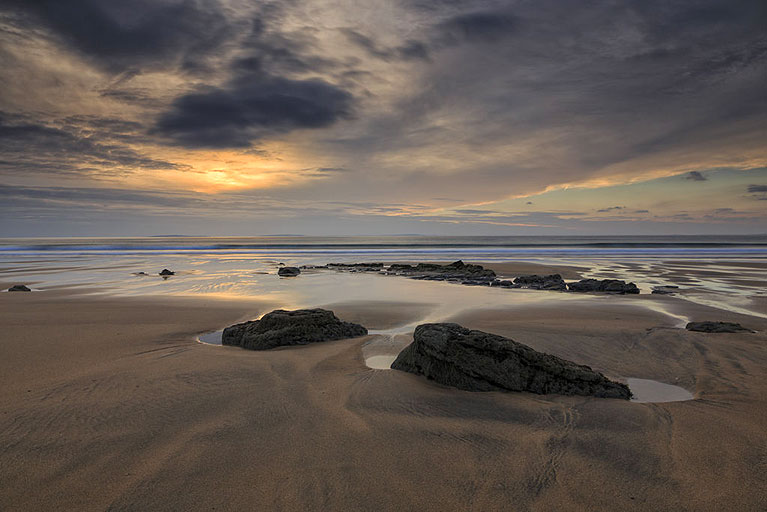
Blackhead
Black Head Discovery Point is characterised by the ‘lunar’ landscape of the Burren comprising smooth rocks and bordered sheer gullies known as ‘grikes’. The lighthouse at this headland is surrounded by a bizarre scenery of steep limestone cliffs and a rocky coast, that looks like it came from another world. Abundant flora grows within these grikes some distinctive to the Burren such as the maiden fern. Car Parking spaces are limited at the informal layby. The 26km Black Head Loop Walk begins at Fanore Beach and follows the coast around Black Head via Green Road in addition to the neighbouring Gleninagh Pass, Cappanawalla, Feenagh Valley and Ballelly.
Fanore Beach
Fanore Beach is located within the heart of the Burren and is one of nine sites of geological importance that form the basis of the Burren and Cliffs of Moher Global Geopark. Fanore is a relatively unspoiled long narrow Atlantic facing beach behind a broad expanse of sand dunes with the Burren as a spectacular backdrop. The beach is in close proximity to Fanore village which includes a coffee shop, pub, shop and campsite and is very popular with walkers, surfers, tourists and is particularly interesting to botanists, owing to its position on the edge of the Burren.
Cliffs of Moher
The Cliffs of Moher is one of nine sites of geological importance and is part of the Burren and Cliffs of Moher Geopark region. The Cliffs of Moher are one of Ireland’s most visited natural attractions. The Cliffs of Moher and Visitor Centre are open all year round. Highlights include over 800m of cliff edge paths and viewing areas, the gothic style 19th century O’Briens Tower near the highest point of the cliffs and the eco-friendly underground visitor centre building containing visitor services and facilities, gift shop, restaurant & coffee shop and the award winning Atlantic Edge Exhibition. As a special protected area (SPA) for seabirds the Cliffs are home to over 30,000 pairs of seabirds. Internationally significant numbers of both Guillemots and Razorbill can be found here along with Puffins, Kittiwakes, Fulmars, Peregrine Falcons and Choughs.

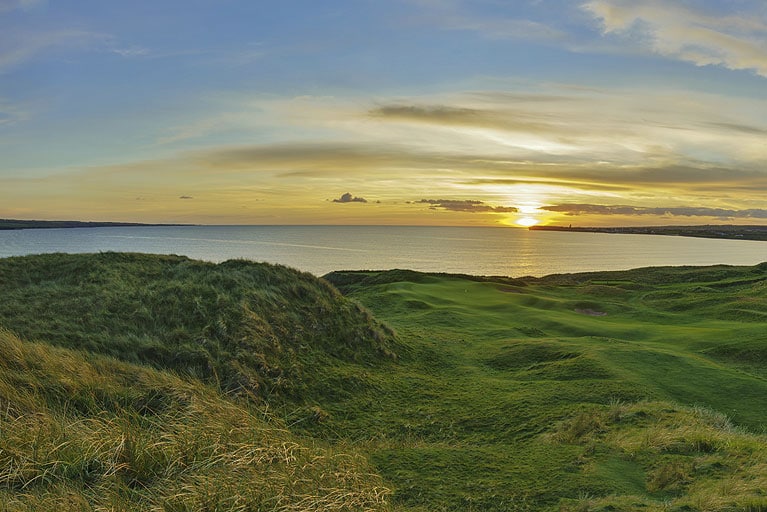
Lahinch/Lehinch Beach
The surf is always up in Lahinch, a very popular seaside resort just a ten-minute drive from the majestic Cliffs of Moher. Boasting a world famous 2 km golden Blue Flag beach, the flooding tide makes it ideal for surfing, sea kayaking and kite surfing – and there are lots of centres in the area to bring water sport enthusiasts through their paces. Across the road from the beach you can get up close and personal with fascinating underwater creatures including sharks, rays and conger eels at Lahinch Seaworld and Leisure Complex, which also has a 25m heated swimming pool. Golfers can tee off at one of two world class 18-hole links golf courses. There is a lot to explore historically in the area including the ruins of Dough Castle, built by Donnchadh O’Connor in 1422, and Kilmacreehy Church, dating from the 15th century. Check out art galleries, buzzing cafes and lively pubs and restaurants.
The Aran Islands
Inisheer (Inis Oírr)
This island lies 8 kilometres off the coast. Inisheer has probably been inhabited for 5,000 years but the earliest evidence of civilisation is at Cnoc Raithní, a Bronze Age burial mound dating from 1500BC. Nearby are Teampall Chaomhán, a Medieval church ruin and the 16th Century Caisleán Uí Bhríain, a three-storey tower house built within a Stone Age fort. To the north of the island are vistas of Connemara, the eastern shore has views of the Cliffs of Moher and the Burren.
Inishmaan (Inis Meain)
Located in the middle, it is around three miles long by a mile wide and is said to be the most unchanged of the Aran Islands. It has an exceptional range of flora, including orchids, gentian, sea thrift, honeysuckle, harebells, burnet rose, bloody cranesbill and many more. Being the quietest of the Aran Islands it a great place to escape the crowds and enjoy its nature.
Inishmore (Árainn Mhor)
The largest of the Aran Islands attracting visitors to its rugged shores for generations. The island is an extension of the Burren landscape, where limestone pavements crisscrossed with grikes, host a variety of wild flowers. The landscape of Inishmore is a patchwork of fields hemmed in by ancient dry-stone walls.
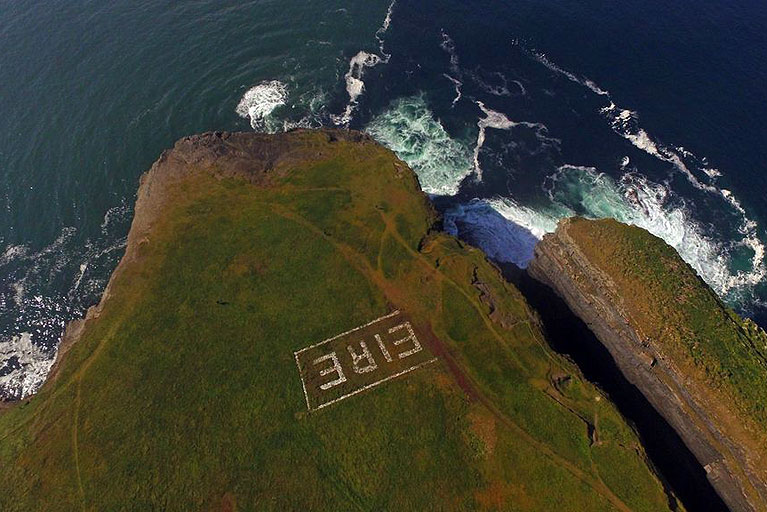
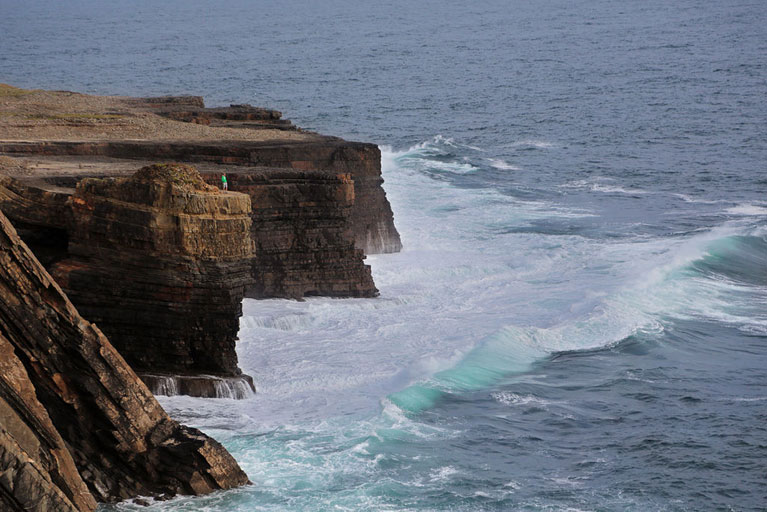
Loop Head – Our Top Pick
At the western tip of County Clare, where the calm waters of the Shannon Estuary turn into the powerful waves of the Atlantic, you’ll find Loop Head Peninsula. Travel along Loop Head Drive to the western end of the peninsula to see its famous lighthouse, which sits on land dotted with colourful wild flowers. You can climb to the top of the lighthouse and take in splendid views that stretch from County Kerry to the Cliffs of Moher. At the very end of the peninsula there is also a relic from WWII: large white letters spelling É-I-R-E, which let pilots know they were entering neutral airspace. This area is a wildlife haven too, with thousands of seabirds making their nests on the rock ledges and an estimated 160 bottlenose dolphins living in the mouth of the Shannon River. If you’d like to see these majestic animals up close, you can take a boat trip from Carrigaholt, or follow the road from Kilrush to Aylevarro Point to see them playing just offshore.
